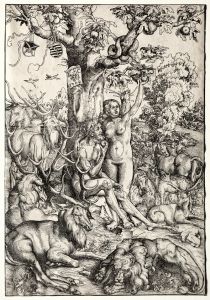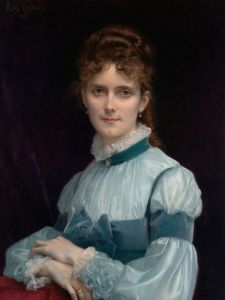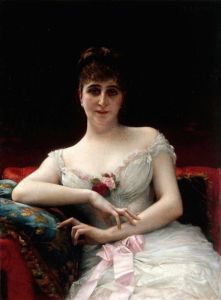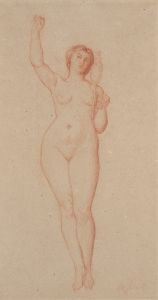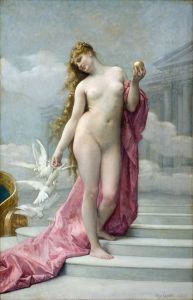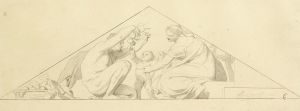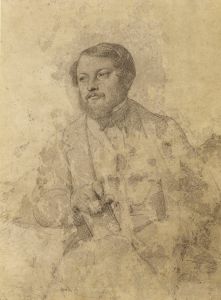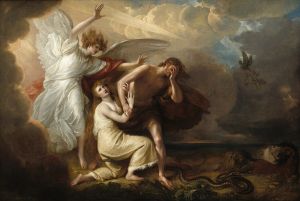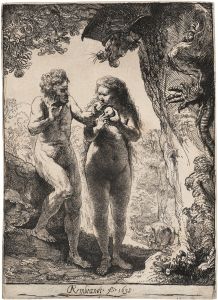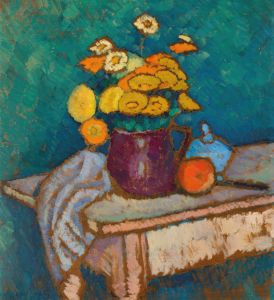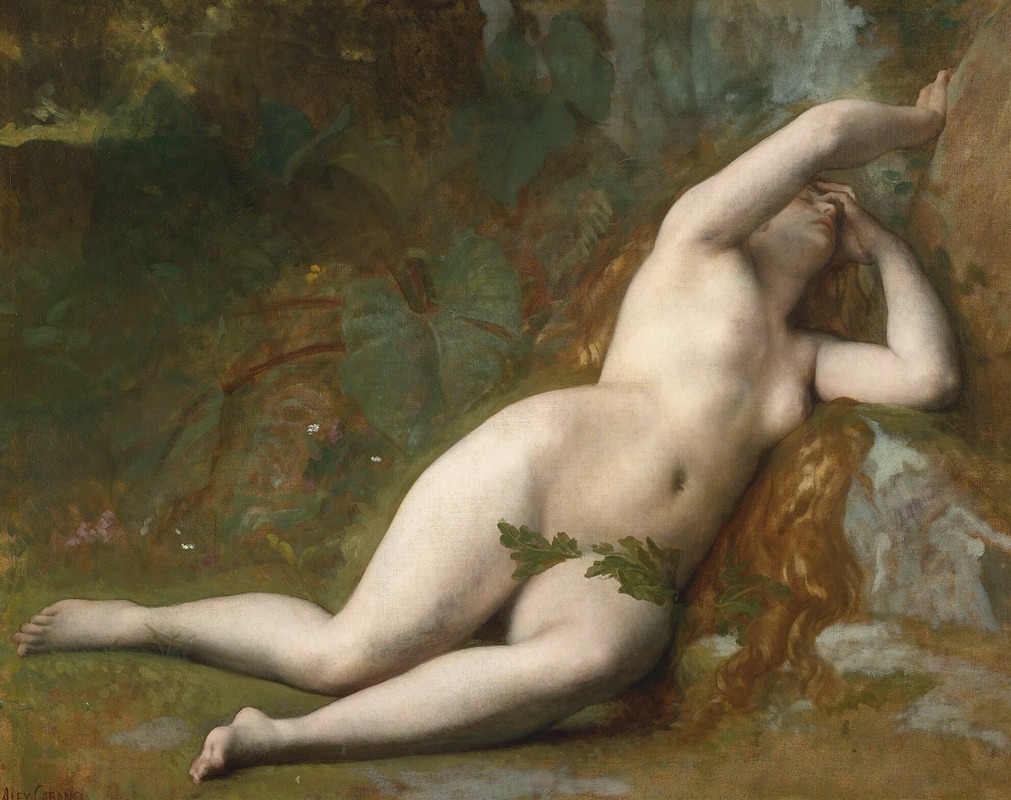
Eve After The Fall
A hand-painted replica of Alexandre Cabanel’s masterpiece Eve After The Fall, meticulously crafted by professional artists to capture the true essence of the original. Each piece is created with museum-quality canvas and rare mineral pigments, carefully painted by experienced artists with delicate brushstrokes and rich, layered colors to perfectly recreate the texture of the original artwork. Unlike machine-printed reproductions, this hand-painted version brings the painting to life, infused with the artist’s emotions and skill in every stroke. Whether for personal collection or home decoration, it instantly elevates the artistic atmosphere of any space.
Alexandre Cabanel's painting "Eve After The Fall" is a notable work by the 19th-century French artist, renowned for his academic style and mythological themes. Cabanel, born in 1823 in Montpellier, France, was a prominent figure in the academic art movement, which emphasized traditional techniques and classical subjects. He was a celebrated painter of his time, known for his meticulous attention to detail and his ability to convey emotion through his works.
"Eve After The Fall" is a depiction of the biblical figure Eve, following the narrative of the Fall of Man as described in the Book of Genesis. This painting captures the moment after Eve has eaten the forbidden fruit from the Tree of Knowledge, an act that led to the expulsion of Adam and Eve from the Garden of Eden. Cabanel's interpretation of this moment is both poignant and evocative, reflecting the themes of temptation, guilt, and the loss of innocence.
The painting is characterized by its classical composition and the use of soft, muted colors, which are typical of Cabanel's style. Eve is portrayed in a contemplative pose, her expression a mixture of regret and introspection. The background of the painting is lush and verdant, symbolizing the paradise that has been lost due to her actions. Cabanel's attention to anatomical detail and the delicate rendering of Eve's form are indicative of his academic training and his commitment to the ideals of beauty and perfection in art.
Cabanel's work often explored themes from mythology and religion, and "Eve After The Fall" is no exception. The painting reflects the artist's interest in the human condition and the moral and ethical dilemmas faced by individuals. Through his depiction of Eve, Cabanel invites viewers to contemplate the consequences of human actions and the complex interplay between free will and destiny.
The reception of "Eve After The Fall" during Cabanel's time would have been influenced by the prevailing attitudes towards religious and mythological subjects in art. As a leading figure in the academic art world, Cabanel's works were generally well-received by critics and the public alike, who appreciated his technical skill and the intellectual depth of his paintings.
Alexandre Cabanel's legacy as an artist is marked by his contributions to the academic art tradition and his influence on subsequent generations of painters. "Eve After The Fall" remains an important example of his work, showcasing his ability to blend classical themes with a personal, emotive touch. The painting continues to be studied and admired for its artistic merit and its exploration of timeless themes that resonate with audiences even today.





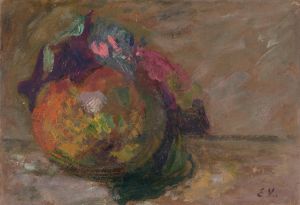
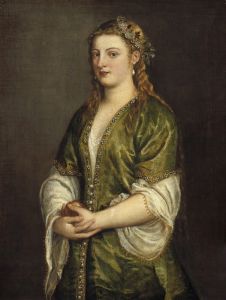
![Eve [‘The Nightmare’]](/imgs/245562/s/paul-gauguin-eve-the-nightmare-bcae2b7f.jpg)
